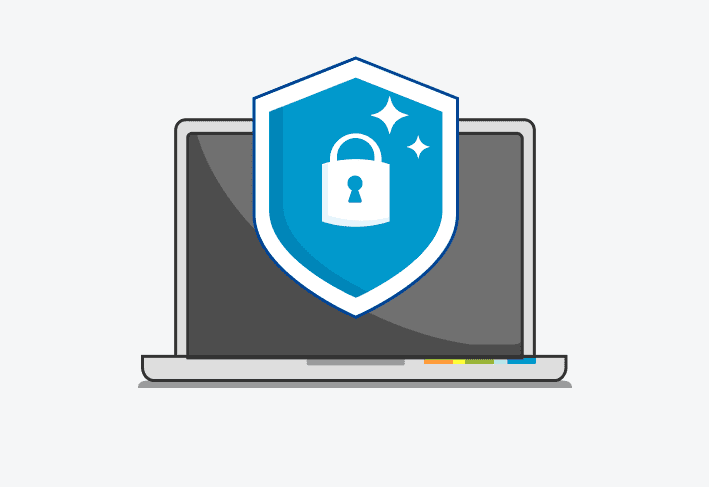PDQ’s IT team helped shape Connect into an easy-to-use tool that streamlines our internal PC management across the device lifecycle. We’ll share how we use Connect to keep endpoints up to date.
During Connect’s early beta stage, the IT team did a direct rip and replace from PDQ Deploy & Inventory to PDQ Connect. It allowed the team to contribute actively to Connect’s development and simplified remote device management.
Application deployment as part of initial setup
At PDQ, we use Microsoft Autopilot to configure new PCs and install a handful of base software, including the PDQ Connect agent. When the device comes online, it gets basic device policy stuff, like password policies and disk encryption, from Intune. The device also automatically shows up in Connect because of Autopilot pushing out the Connect agent. The team then leverages automations in Connect to install any missing baseline software when the device is online.
According to Josh Mackelprang, Director of Service Operations, “Intune does its part, Autopilot does its part, and then Connect comes in after and deploys all those third-party apps.”
Cumulative Windows updates
For Windows updates, PDQ’s IT team typically uses Autopatch, a built-in feature in Intune that controls when devices get updates. Easy peasy. That is, unless an endpoint has been offline for a long time or they need to take immediate action because of a critical security issue. In those instances, Connect is our go-to option, allowing the IT team to throw cumulative updates from the Package Library at the device.
Automated patch management
Dynamic groups make automated patch management quick and painless, allowing PDQ’s IT team to target out-of-date software. Josh and his team occasionally go into Connect to confirm that it’s still doing its thing. They might take action if a large number of devices appear in any of the dynamic filters for out-of-date software. But mostly, the team takes a hands-off approach and lets Connect do the heavy lifting.
“It just maintains that lifecycle,” said Josh. “And this is all just a hundred percent automated.”
Change testing
While our IT team usually uses Intune for policy changes, it relies on PDQ Connect when time is of the essence, such as testing changes that we’d otherwise do in a policy.
Josh shared an example that we faced at PDQ: “We were changing dot1x authentication for wireless here. It would traditionally be done in Group Policy, but we don't really use Group Policy anymore — we use Intune. Everyone knows Intune isn’t the fastest tool around. So we actually just use Connect to make the device changes for testing. Once we’re satisfied with our testing in Connect, we can translate that back to policies in Intune and archive the Connect package for quick firefighting and first-time device setup.”
Troubleshooting
Connect is also a workhorse when it comes to troubleshooting. In many cases, our IT team doesn’t even need to use our remote assist tool to take over the user’s screen. Instead, the team just runs remote commands, and Connect works backstage.
According to Josh, “We don't even have to bother the person who's asking for help."
Low-maintenance device management
While it probably sounds like our IT team spends a lot of time using PDQ Connect, the truth is that they rarely touch it — and that’s why they like it so much. PDQ Connect shines as a set-it-and-forget-it solution that does what you want without your constant supervision.
“We really do try to take advantage of all of the scheduling and logic,” said Josh. “I'd rather put six hours in a day dedicated to it and then not have to look at it for three months.”
Want to try PDQ Connect for yourself? Sign up for a free trial to see if it saves you as much time as it saves our IT team.





